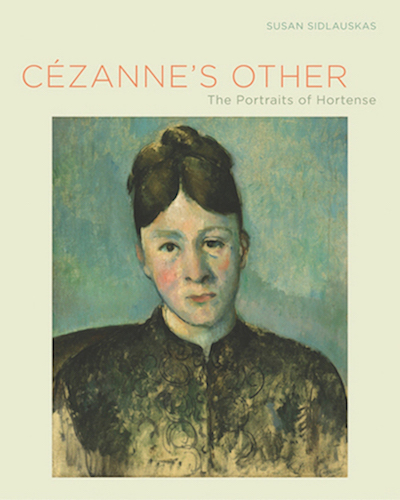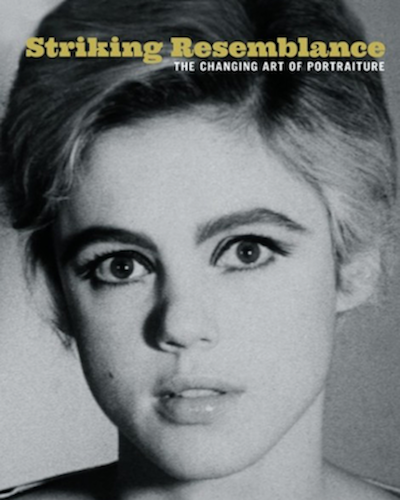About Me
I came to Rutgers in 2005, after teaching at the University of Pennsylvania for twelve years. In my work, I aim to build new historical and conceptual frameworks for understanding modernism: its theories, its objects, its reception and its continuing relevance for contemporary art. My primary research interests are concentrated upon “The Long Nineteenth-Century” (roughly 1789 to the end of World War I). Both my teaching and research are dedicated to finding a way to demonstrate how the seismic cultural, social, and psychological changes of these years are embedded in the visual structures of its most innovative historical objects, both pictorial and the material. Much of my work has been related to questions of gender. (I’m affiliated with Rutgers’ Women and Gender Studies Department.)
Like a surprising number of art historians, I was a pre-med student early in my college career, and medicine has remained a constant source of inspiration and intellectual curiosity. More recently, the history of physics has aided in building a framework for the understudied, later portraits of John Singer Sargent. In 2017—18, my colleague Ann Jurecic (English, Rutgers) and I will be co-chairing a seminar at Rutgers’ Center for Cultural Analysis on the Medical Humanities. Our faculty, graduate student, and postdoctoral fellows include sociologists, psychologists, historians, art historians, literary scholars and writers. I teach highly contextualized field courses in Impressionism and Realism, as well as thematic seminars and lecture courses that span both media and historical periods (Race and Representation, The Art of Medical Photography, Art and Medicine, Re-Thinking the Canon, Gender and Orientalism).
John Singer Sargent and the Physics of Touch is the current book project. It’s my contention that in a number of his most ambitious later portraits, Sargent pushed the conceptual and mimetic limits of form as energetically as any avant-garde painter. The paintings I am writing about were done in and around London between 1885 and 1907. Concerns with energy science, an obsession with materiality, and social precarity are threaded through the book. I aim to show that Sargent’s willful confounding of the distinctions among flesh, fabric, and paint was a building block of a visual system that he built to capture a series of especially challenging subjects as they tested their respective wills against the forces of the world in which they circulated. Here’s a link to an article and PBS interview about an earlier subject of Sargent’s, Virginie Avegno Gautreau, better known as Madame X. I am delighted to be contributing an essay on Sargent’s Blue Veil to the Wiley Blackwell Companion to Impressionism, edited by André Dombrowski and coming in 2019.
The Medical Portrait: The Aesthetic as Evidence in 19th Century Photography is another work in progress. A collection of essays considers the hybrid forms of Anglo-American photographic and cinematic representation in which the expectations of medical objectivity vied with the aesthetic conventions of portraiture. The first of several essays on the casebook photographs produced at the Holloway Sanatorium in Surrey, England c. 1885, has appeared in Medical Humanities. Another piece on the c. 1882 ‘before and after’ photographs of women who had been treated with the controversial “rest cure” is in production. To come are essays on the pictorial narratives of plastic surgeries first devised in the aftermath of World War I, and a film on the “psychoneurotic” soldiers returning from World War II. This project has nurtured exchanges and collaborations with the Wellcome Library in London, the Surrey History Centre in Woking, England, and the King’s College Centre for the Humanities and Health in London. This past year I was the “Scholar-in-Residence” for the American Psychoanalytic Institute’s Annual Meeting in New York, organized by psychoanalyst Adele Tutter, M.D., Ph.D.
A chapter in Therese Dolan’s edited volume, Perspectives on Manet (Ashgate Press, 2012) on the artist’s portrait of Victorine Meurent of 1862, demonstrates my commitment to using contemporary art to see historical works afresh. I ask why this relatively small portrait continues to exert an impact that rivals that of recent large format color photographs and watercolors of the face. I am extending the idea to four additional paintings, and planning a short book called Manet’s Future. Work on Cézanne will continue whenever possible. I want to extend my purview from the portraits of Hortense, Cézanne’s Other: The Portraits of Hortense, and his interiors, to the artist’s strangely uncanny representations of the objects within his domestic setting.
I was a 2014 Guggenheim Fellow.
Curriculum VitaeTake a look
Writings
More
Check out my research page for work in progress.



